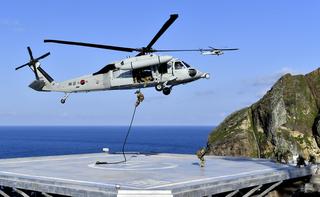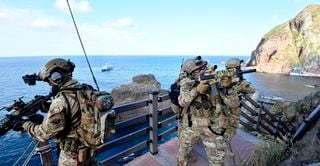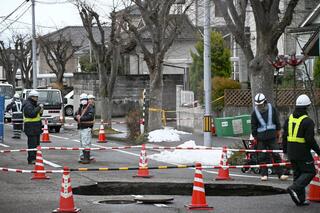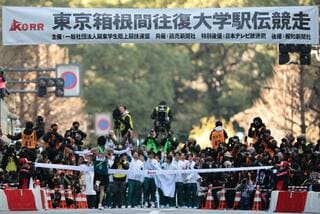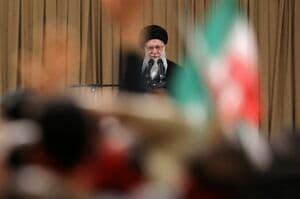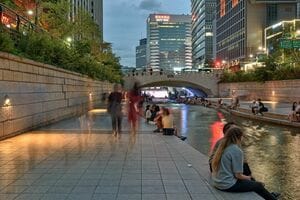Takeshima excluded from the Treaty of San Francisco
On the National Geospatial-Intelligence Agency (NGA) map, the place names Takeshima and Liancourt Rocks are both displayed for the territory. Because the first discovery of the island in the West was by a French whaling ship called the Liancourt, the island was named after the ship. The Liancourt felt it was difficult to consider the Takeshima site islands, so it was classified as a rock formation instead and named Liancourt Rocks.
However, on February 22, 1905, during the final naval battle of the Russo-Japanese War, the designation of the Liancourt site was raised from a rock formation to an island. The Japanese government named the rock formation used as a base for sea lion fishing by Shimane Prefecture fisherman an island. From that point forward, the official name of the Liancourt Rocks site was Takeshima, and it was incorporated into the territory of Shimane Prefecture.
Although the Korean side states that this was the first step in a colonization invasion of Korea, the incorporation of Takeshima into Japan's territory is completely unrelated to the Japan-Korea Protectorate Treaty signed afterward in October 1905. The Japanese government simply incorporated a small rock formation which had been used a base for fishing operations up until then into its official territory, nothing more.
In September 1951, the Treaty of San Francisco was signed, and this document did not list Takeshima as territory for Japan to surrender. Accordingly, if Korea is going to continue ignoring this treaty and claiming Takeshima as its territory, Japan is free to make territory claims for not only Takeshima but also Utsuryo Island (Ulleungdo).
Starting from 1393, the Joseon dynasty continued for over 500 years, and a consistent island emptying policy (migration of island residents to the mainland) was implemented for the islands in the waters surrounding Korea during this period. It was made impossible for anyone to live on these islands due to the difficulty of regulating the citizens. Although there are now approximately 10,000 residents of Utsuryo Island (Ulleungdo), it was an uninhabited island until the end of the 19th century.
Incidentally, Utsuryo Island (Ulleungdo) was discovered by Ohya Jinkichi and other Japanese fishermen in the 17th century. Ohya and his fellow fishermen urged the shogunate to develop the uninhabited Utsuryo Island (Ulleungdo), stayed there and fished, and carried out frequent voyages.
Accordingly, if the Treaty of San Francisco is ignored, Japan can make a claim for right to both Takeshima and Utsuryo Island (Ulleungdo). The Treaty of San Francisco states that Japan must abandon its claims to the Korean peninsula and three islands: Quelpart, Port Hamilton, and Dagelet. Quelpart is Jeju Island, Port Hamilton is Observatory Island, which was previously occupied by the UK as a means of keeping Russia in check, and Dagelet refers to Utsuryo Island (Ulleungdo). Japan has complied with these terms and refrained from making any territorial claims for Utsuryo Island (Ulleungdo).
 Korean elementary school students playing ocarina on "Dokdo Day" in South Korea (Photo: YONHAP NEWS / Aflo)
Korean elementary school students playing ocarina on "Dokdo Day" in South Korea (Photo: YONHAP NEWS / Aflo)
As mentioned above, Korea's territory is clearly stipulated by the Treaty of San Francisco. Since Liancourt Rocks is not included in Korea's territory, there is no need for arguments using ancient maps or stating that the Japanese shogunate recognized the site as Korean territory.

